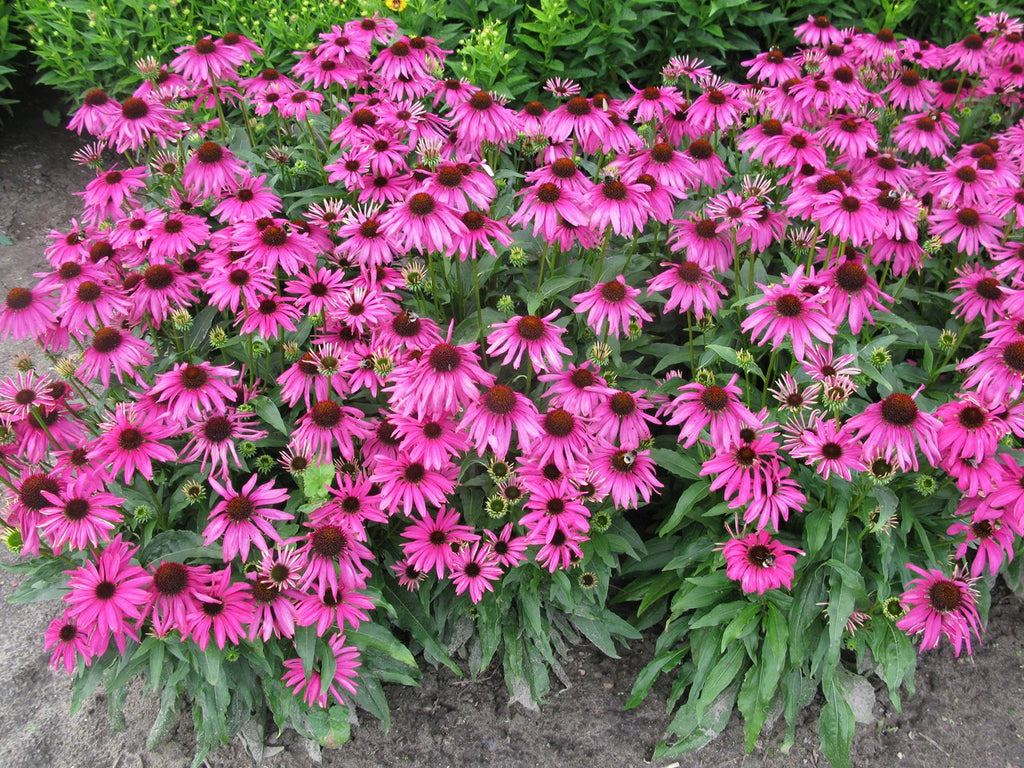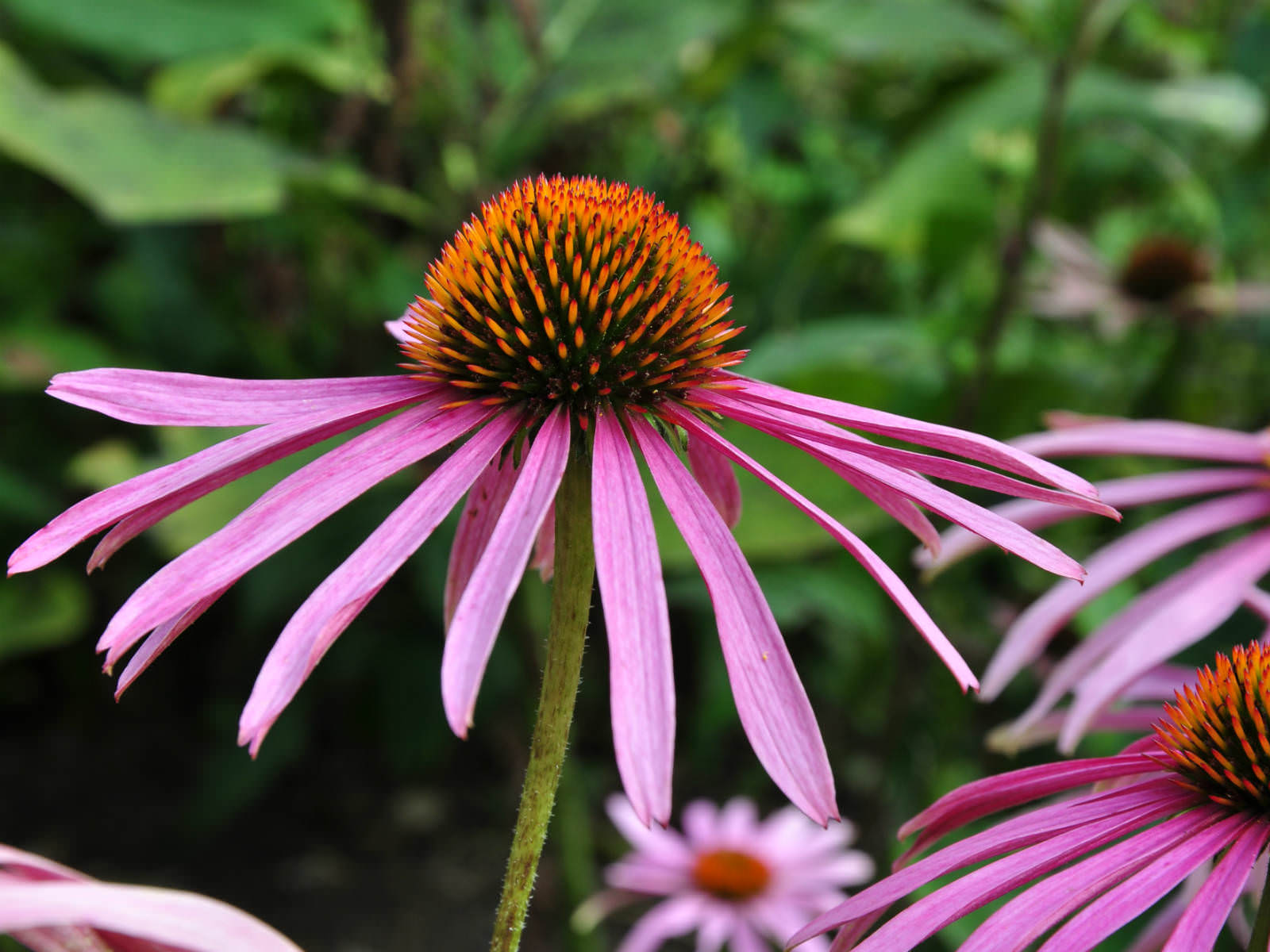

These plants have a long blooming time, which occurs from early summer to late summer. Unlike most purple coneflowers with drooping ray petal-like flowers, the Magnus variety has flat rays. The Coneflower is a very important plant to grow for pollinators, providing pollen and nectar for bees, butterflies, and other insects. Mature plants reach up to 30 to 36 inches. Usually reaches maturity 2 -3 growing seasons after planted, but can sometimes bloom the first growing season. The ‘Magnus’ purple coneflower is an award-winning ornamental known for its giant rosy-pink flowers.

Plant shallow, no deeper than 1/8 - 1/4 inch deep and lightly rake to work seed in. Named 1998 Perennial Plant of the Year A well-behaved plant. Can also be planted in winter during natural freeze/ thaw cycles and early spring. Purple Coneflower is also cherished for its many medicinal uses.ĭirect sow seeds into prepared soil in late fall once soil temps are below 50 degrees (usually mid to late November). Purple coneflower has large, lavender flowers with a spiny, dome-shaped, orange or brown center. Once done blooming, you can snip spent blooms or leave for songbird food. Purple Coneflower, also called Echinacea, is famous across the country for its stunning purple flowers and golden center cones. An herb native to North America that has been used to prevent and treat the common cold and other respiratory infections. They frequent Purple Coneflower in the fall to eat the seed. Ranging in height from 2 to 4 feet, this plant holds its bloom well throughout the growing season.Īttracts butterflies and other pollinators as well as hummingbirds and songbirds. Purple Coneflower will grow just about anywhere when planted and it occurs naturally in a good share of the United States and eastern Canada.


 0 kommentar(er)
0 kommentar(er)
